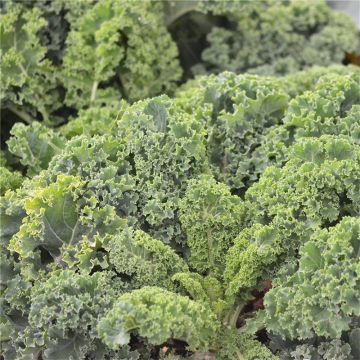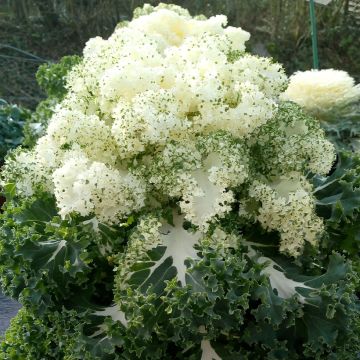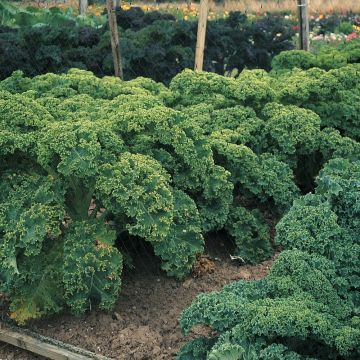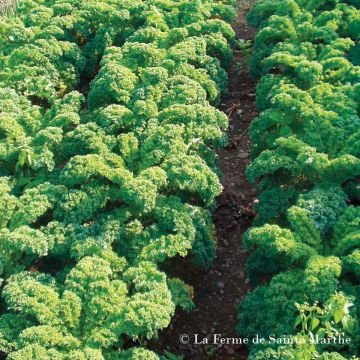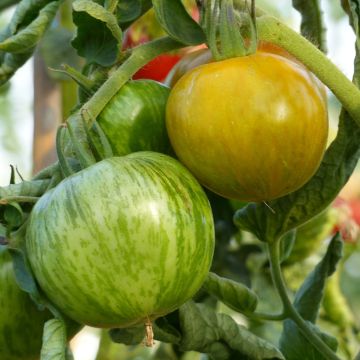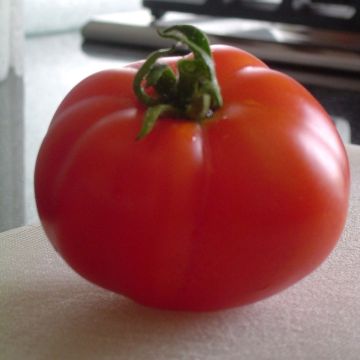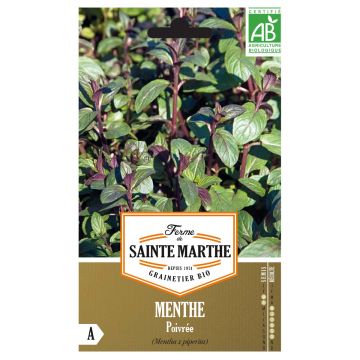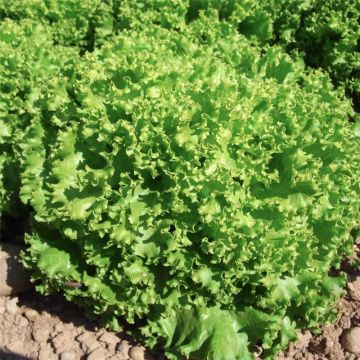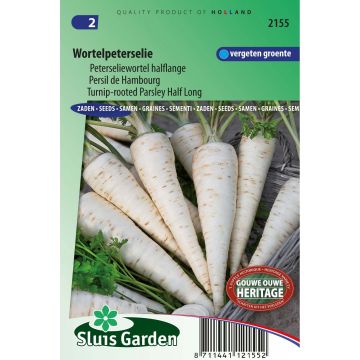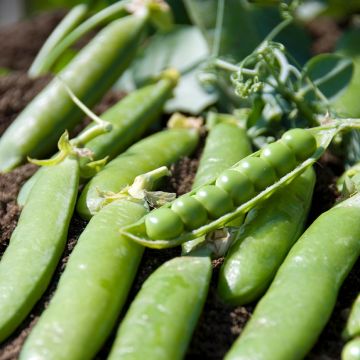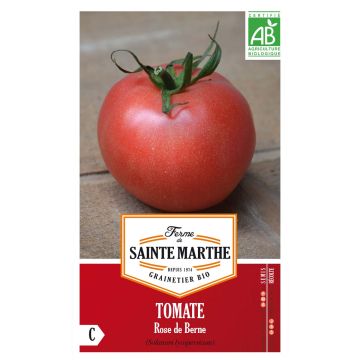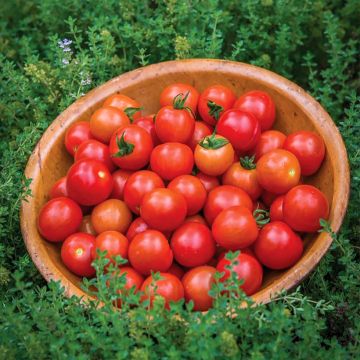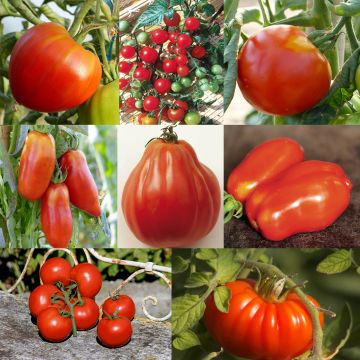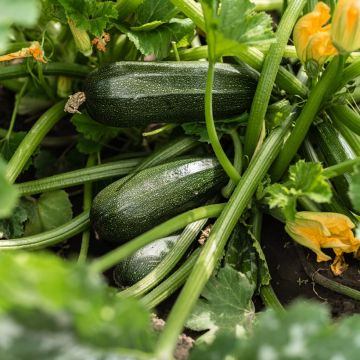Shipping country and language
Your country of residence may be:
Your country of residence is:
For a better user experience on our website, you can select:
Your shipping country:
-
Andorra
-
Austria
-
Belgium
-
Bulgaria
-
Canada
-
Chile
-
Croatia
-
Cyprus
-
Czechia
-
Denmark
-
Estonia
-
Finland
-
France
-
Germany
-
Greece
-
Hungary
-
Iceland
-
Ireland
-
Italy
-
Latvia
-
Lithuania
-
Luxembourg
-
Malta
-
Monaco
-
Netherlands
-
Poland
-
Portugal
-
Romania
-
Slovakia
-
Slovenia
-
Spain
-
Sweden
-
Switzerland
-
United Kingdom
We only deliver seed and bulb products to your country. If you add other products to your basket, they cannot be shipped.
Language:
-
French
-
German
-
Spanish
-
English
-
Italian
My Account
Hello
My wish lists
Log in / Register
Existing customer?
New customer?
Create an account to track your orders, access our customer service and, if you wish, make the most of our upcoming offers.
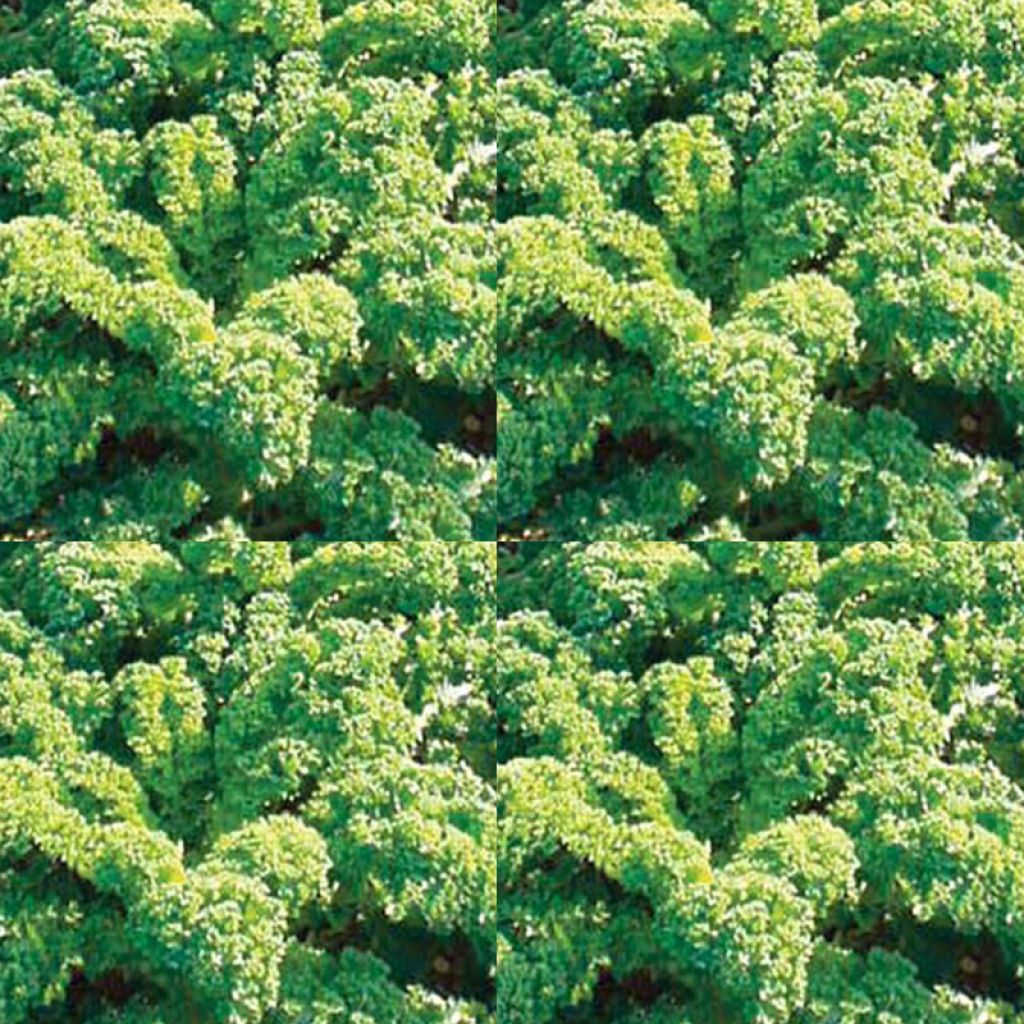

Half-dwarf Green Kale - Brassica oleracea acephala
Half-dwarf Green Kale - Brassica oleracea acephala
Brassica oleracea acephala sabellica vert demi-nain
Kale
Ordered, sown, and grown at the same time and under the same conditions as Nero di Toscana Kale seeds, the germination was partial, the growth was mediocre...I haven't been able to taste it yet!
Cécile L., 29/01/2018
Order in the next for dispatch today!
Dispatch by letter from €3.90.
Delivery charge from €5.90 Oversize package delivery charge from €6.90.
More information
This item is not available in your country.
Schedule delivery date,
and select date in basket
This plant carries a 6 months recovery warranty
More information
We guarantee the quality of our plants for a full growing cycle, and will replace at our expense any plant that fails to recover under normal climatic and planting conditions.
Seed-only orders are dispatched by sealed envelope. The delivery charge for seed-only orders is €3.90.

Description
Brassica oleracea var. sabellica (acephala group) is an easy-to-grow variety of kale that is very hardy. It produces beautiful curly leaves in a deep green colour. It is particularly suitable for regions with harsh winters. The seeds can be sown from June to September for a harvest from October to February.
Curly kale is a vegetable plant native to Europe, particularly Mediterranean regions. It belongs to the large Brassicaceae family. The term acephala refers to the fact that they do not form a head or "cabbage".
Kale has large, fibrous, curly leaves that range in colour from pale green to very dark green, sometimes with a slight bluish tint. It is highly resistant to cold, diseases, and even caterpillars. It is particularly beautiful, especially under a light frost. In fact, some small varieties are solely grown to decorate autumn and winter flower beds.
Kale is a biennial grown as an annual. It has a delightful flavour and is extremely nutritious. It is low in calories, and rich in vitamins K, A, and C, as well as calcium and beta-carotene.
The flavour is pronounced. It is usually eaten cooked, in soups, braised, or stuffed. Curly kale is an excellent winter vegetable.
It needs deep soil, excellent fertilisation, and regular moisture. It thrives in full sun.
Harvest: the leaves can be harvested one by one, as needed. Note that in spring, you can also harvest the floral shoots before they bloom and consume them like broccoli.
Storage: it can be stored in the refrigerator for a few days. It can keep in the freezer for several months after being blanched for a few minutes in salted boiling water.
Gardener's tip: when the plants are developed, we recommend that you mulch the soil with successive thin layers of grass clippings, if possible mixed with dead leaves. This protection keeps the soil moist and reduces weeds.
Report an error about the product description
Harvest
Plant habit
Foliage
Botanical data
Brassica
oleracea
acephala sabellica vert demi-nain
Brassicaceae
Kale
Cultivar or hybrid
Annual
Other Kale Brassica
Planting and care
Sowing
The germination temperature is around 15°C (59°F) (minimum 7°C (44.6°F), maximum 20°C (68°F)) and takes between 10 and 14 days.
Sow from June to September for a harvest from October to February.
You can either sow directly in place or prepare young plants that will be transplanted later on to their final location in the garden.
Preparing young plants
Sow under shelter, or in a nursery in the garden for the rest of the year (according to the recommended sowing period). Sow the seeds at a depth of 1 to 2cm (1in) in good seed compost or fine soil. Lightly cover with compost and keep the substrate moist but not waterlogged.
When the young plants appear strong enough to be handled, transplant them into pots, if necessary, before planting them in the garden, when there is no longer any risk of frost. During planting, respect the recommended spacing for direct sowing.
Direct sowing
In properly amended and finely worked soil, create furrows with a depth of 1 to 2cm (1in), spaced 50cm (20in) apart. Sow the seeds and cover them with a thin layer of fine soil. When the seedlings are well developed, thin them out, leaving one plant every 50cm (20in) approximately.
Cultivation
Grow in the sun. It is a demanding vegetable that requires well-rotted soil rich in nitrogen and potash. In autumn, apply well-rotted compost (approximately 3 kg per m²) by raking it into the soil to a depth of 5cm (2in), after having loosened the soil. Soil pH should be between 5.6 and 6.5. In acidic soil, it will be necessary to gradually raise the pH by adding dolomite or lime.
Seedlings
Care
Intended location
-
, onOrder confirmed
Reply from on Promesse de fleurs
Vegetable seeds
Haven't found what you were looking for?
Hardiness is the lowest winter temperature a plant can endure without suffering serious damage or even dying. However, hardiness is affected by location (a sheltered area, such as a patio), protection (winter cover) and soil type (hardiness is improved by well-drained soil).

Photo Sharing Terms & Conditions
In order to encourage gardeners to interact and share their experiences, Promesse de fleurs offers various media enabling content to be uploaded onto its Site - in particular via the ‘Photo sharing’ module.
The User agrees to refrain from:
- Posting any content that is illegal, prejudicial, insulting, racist, inciteful to hatred, revisionist, contrary to public decency, that infringes on privacy or on the privacy rights of third parties, in particular the publicity rights of persons and goods, intellectual property rights, or the right to privacy.
- Submitting content on behalf of a third party;
- Impersonate the identity of a third party and/or publish any personal information about a third party;
In general, the User undertakes to refrain from any unethical behaviour.
All Content (in particular text, comments, files, images, photos, videos, creative works, etc.), which may be subject to property or intellectual property rights, image or other private rights, shall remain the property of the User, subject to the limited rights granted by the terms of the licence granted by Promesse de fleurs as stated below. Users are at liberty to publish or not to publish such Content on the Site, notably via the ‘Photo Sharing’ facility, and accept that this Content shall be made public and freely accessible, notably on the Internet.
Users further acknowledge, undertake to have ,and guarantee that they hold all necessary rights and permissions to publish such material on the Site, in particular with regard to the legislation in force pertaining to any privacy, property, intellectual property, image, or contractual rights, or rights of any other nature. By publishing such Content on the Site, Users acknowledge accepting full liability as publishers of the Content within the meaning of the law, and grant Promesse de fleurs, free of charge, an inclusive, worldwide licence for the said Content for the entire duration of its publication, including all reproduction, representation, up/downloading, displaying, performing, transmission, and storage rights.
Users also grant permission for their name to be linked to the Content and accept that this link may not always be made available.
By engaging in posting material, Users consent to their Content becoming automatically accessible on the Internet, in particular on other sites and/or blogs and/or web pages of the Promesse de fleurs site, including in particular social pages and the Promesse de fleurs catalogue.
Users may secure the removal of entrusted content free of charge by issuing a simple request via our contact form.
The flowering period indicated on our website applies to countries and regions located in USDA zone 8 (France, the United Kingdom, Ireland, the Netherlands, etc.)
It will vary according to where you live:
- In zones 9 to 10 (Italy, Spain, Greece, etc.), flowering will occur about 2 to 4 weeks earlier.
- In zones 6 to 7 (Germany, Poland, Slovenia, and lower mountainous regions), flowering will be delayed by 2 to 3 weeks.
- In zone 5 (Central Europe, Scandinavia), blooming will be delayed by 3 to 5 weeks.
In temperate climates, pruning of spring-flowering shrubs (forsythia, spireas, etc.) should be done just after flowering.
Pruning of summer-flowering shrubs (Indian Lilac, Perovskia, etc.) can be done in winter or spring.
In cold regions as well as with frost-sensitive plants, avoid pruning too early when severe frosts may still occur.
The planting period indicated on our website applies to countries and regions located in USDA zone 8 (France, United Kingdom, Ireland, Netherlands).
It will vary according to where you live:
- In Mediterranean zones (Marseille, Madrid, Milan, etc.), autumn and winter are the best planting periods.
- In continental zones (Strasbourg, Munich, Vienna, etc.), delay planting by 2 to 3 weeks in spring and bring it forward by 2 to 4 weeks in autumn.
- In mountainous regions (the Alps, Pyrenees, Carpathians, etc.), it is best to plant in late spring (May-June) or late summer (August-September).
The harvesting period indicated on our website applies to countries and regions in USDA zone 8 (France, England, Ireland, the Netherlands).
In colder areas (Scandinavia, Poland, Austria...) fruit and vegetable harvests are likely to be delayed by 3-4 weeks.
In warmer areas (Italy, Spain, Greece, etc.), harvesting will probably take place earlier, depending on weather conditions.
The sowing periods indicated on our website apply to countries and regions within USDA Zone 8 (France, UK, Ireland, Netherlands).
In colder areas (Scandinavia, Poland, Austria...), delay any outdoor sowing by 3-4 weeks, or sow under glass.
In warmer climes (Italy, Spain, Greece, etc.), bring outdoor sowing forward by a few weeks.
